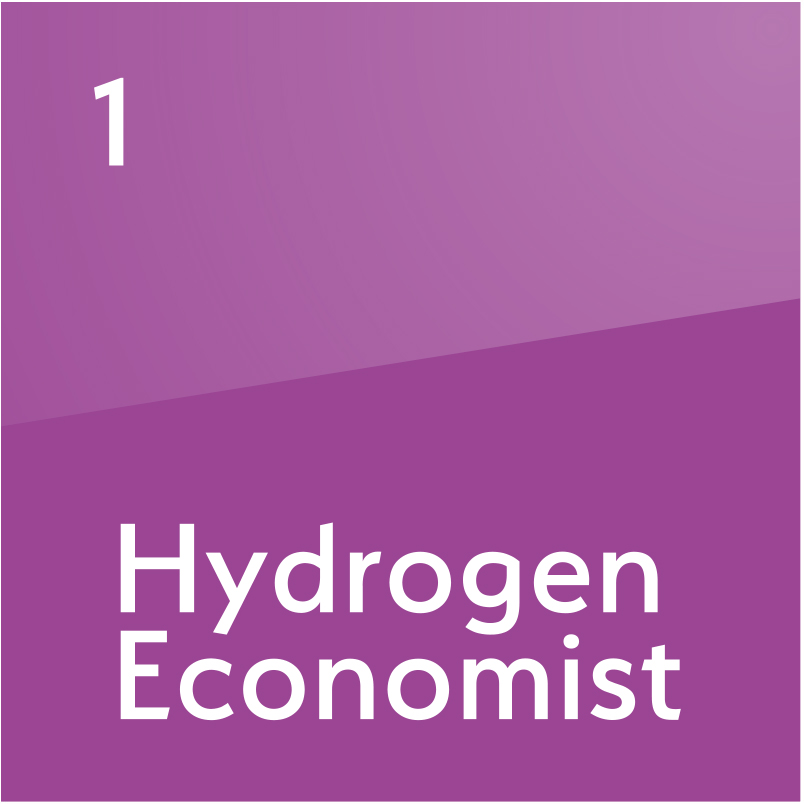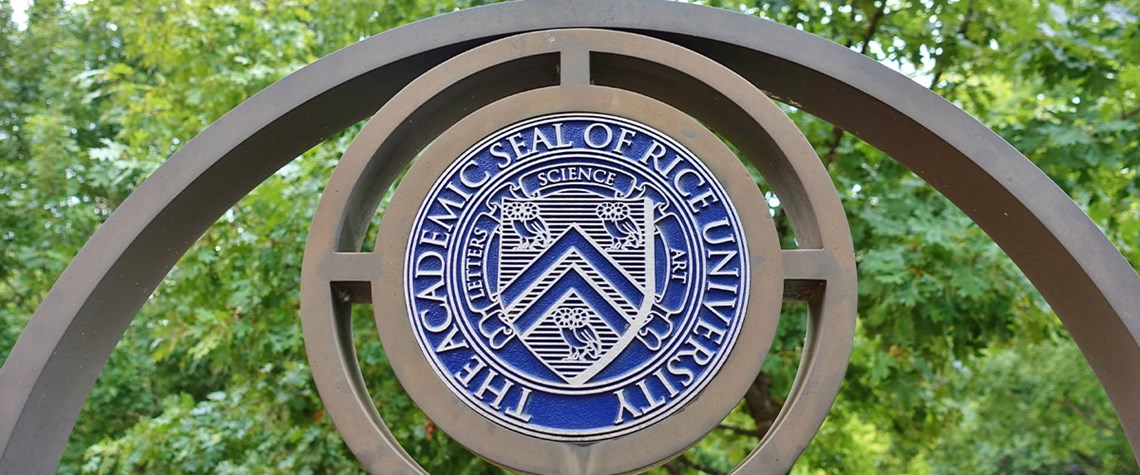Researchers engineer light-activated ammonia-to-hydrogen catalyst
A team led by Rice University has designed a method of cracking ammonia that could replace the use of expensive metals for thermocatalysts
A light-activated catalyst made using copper and iron has been used to produce gram-scale quantities of hydrogen gas from ammonia, according to a recently published paper in peer-reviewed journal Science. The researchers say the discovery could pave the way for the replacement of precious metals in catalysts used to reconvert ammonia back to hydrogen. Ammonia has been suggested as a way to safely store and transport hydrogen using existing infrastructure. However, the process of converting hydrogen to ammonia and cracking it back again for end-use can result in energy loss of up to 22pc. Cracking to hydrogen is also an energy-intensive process, requiring high temperatures to speed up reacti

Also in this section
31 March 2025
Saudi Aramco’s blue hydrogen progress is a clear reminder that energy companies pivoting in search of greater returns may not be throwing the H₂ baby out with the bathwater
27 March 2025
Awards celebrate global innovation, leadership and achievement across the energy sector’s people, projects, technologies and companies.
27 March 2025
Region has all the ingredients to become a green hydrogen powerhouse but faces plenty of barriers and stiff competition
21 March 2025
European Hydrogen Bank auction is four times oversubscribed, while industry remains on pause in US amid IRA subsidy uncertainty







